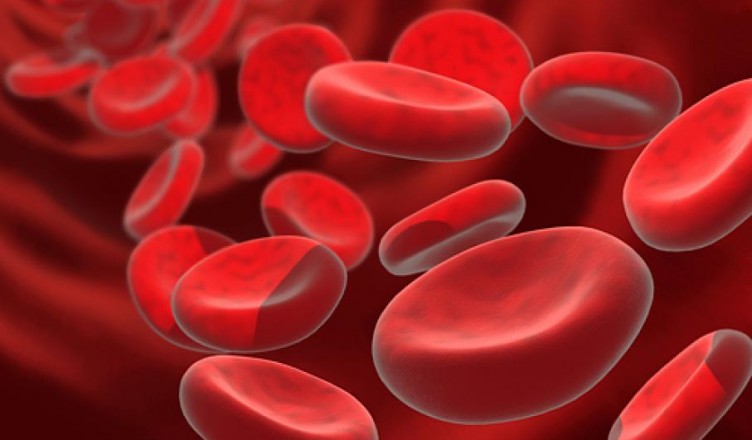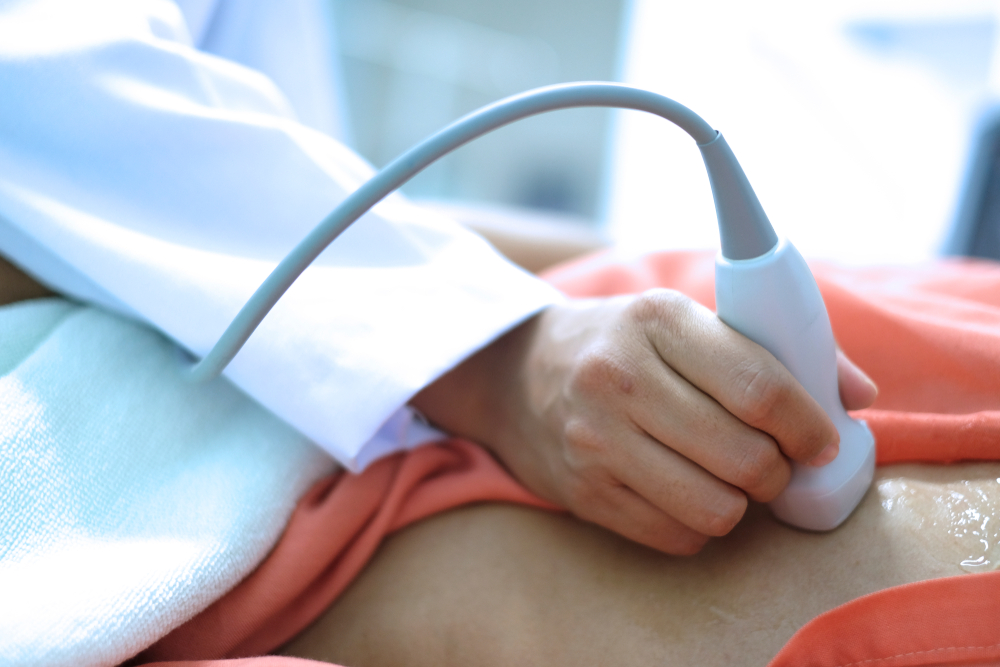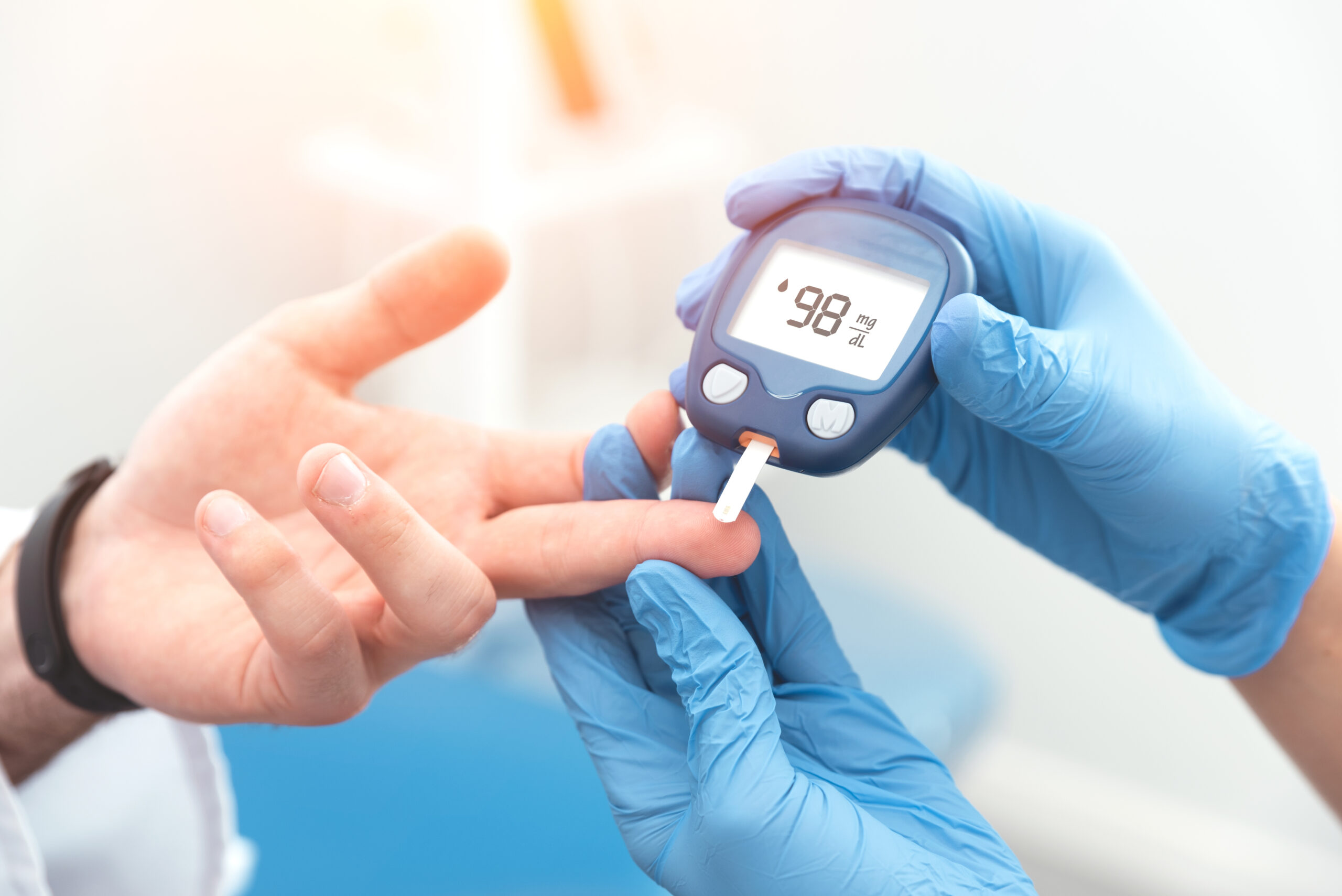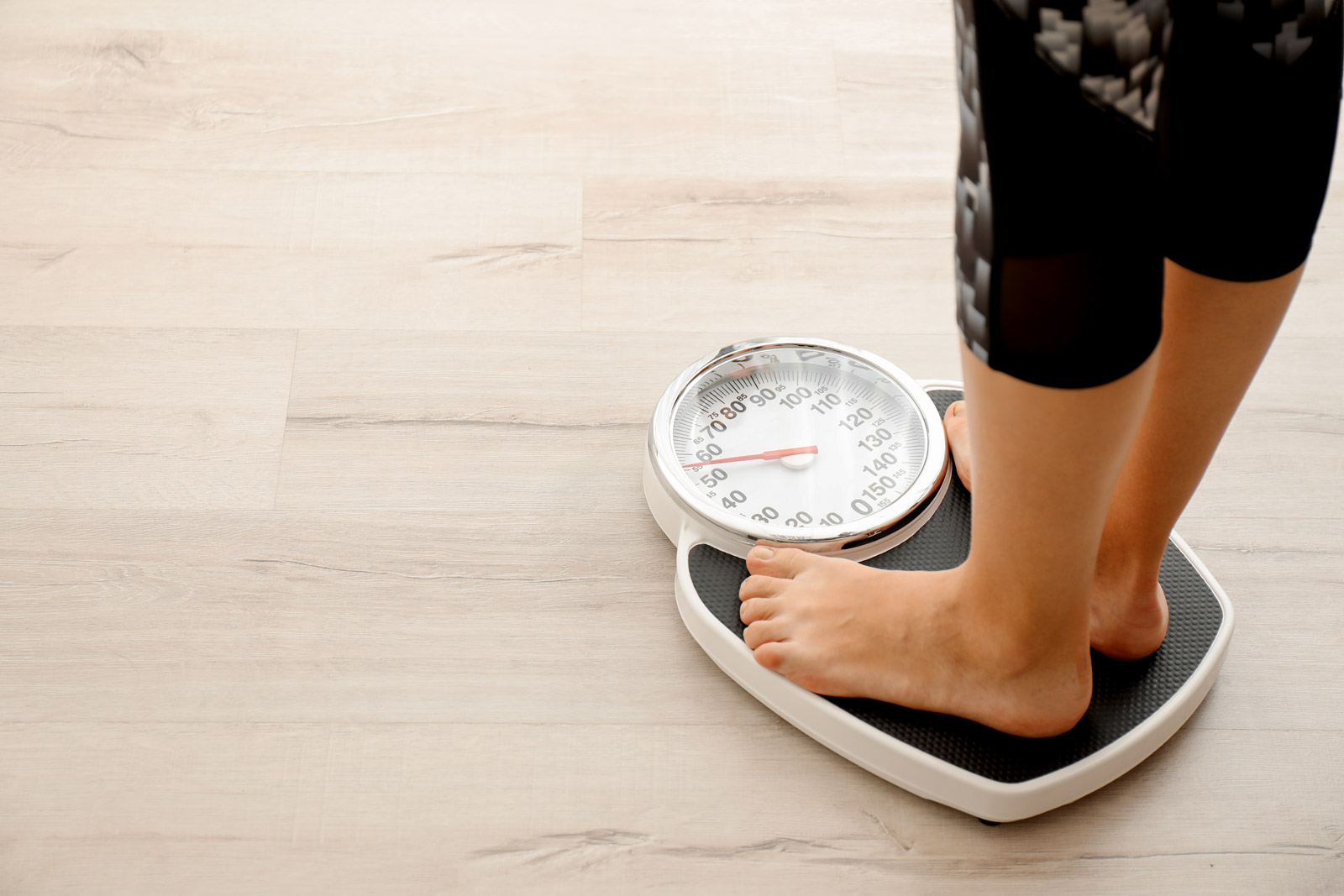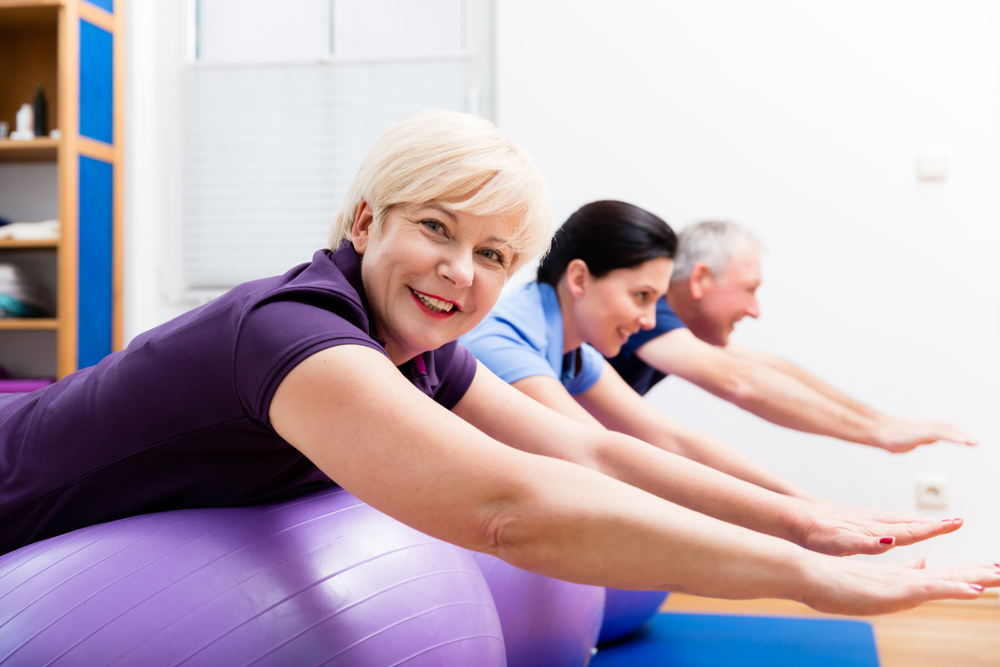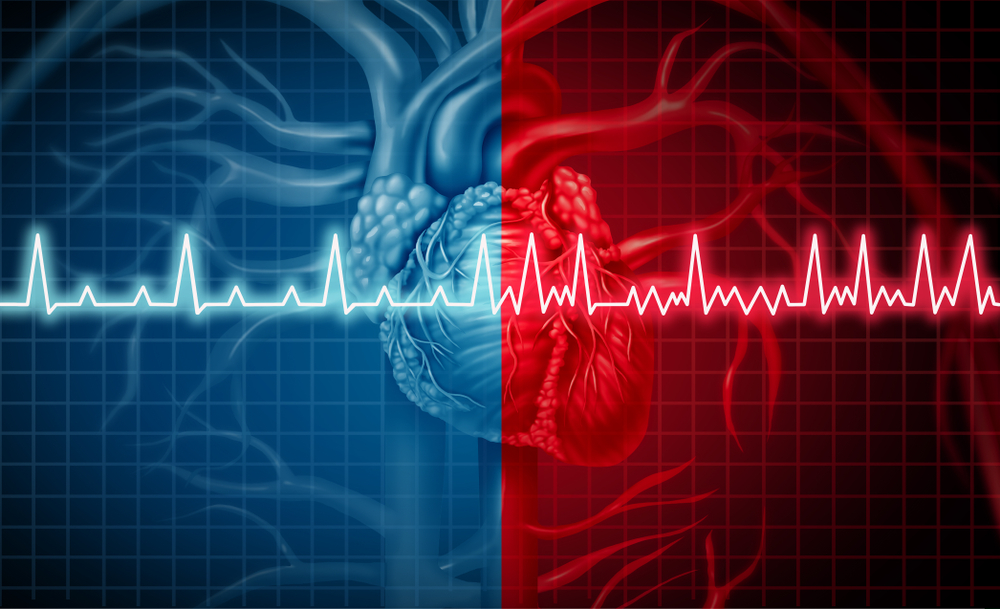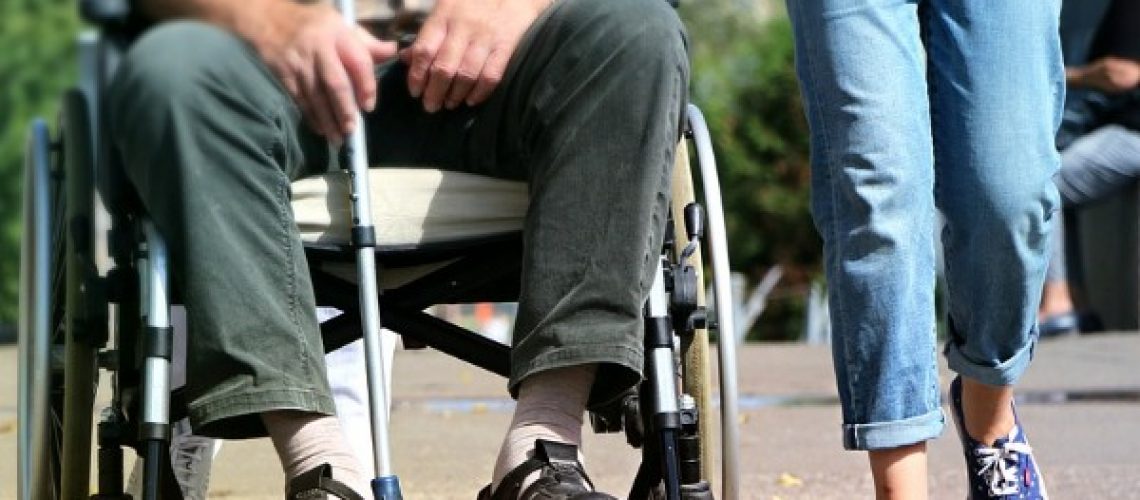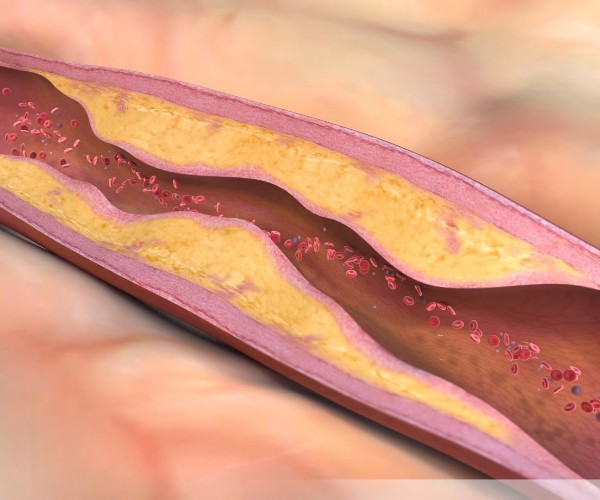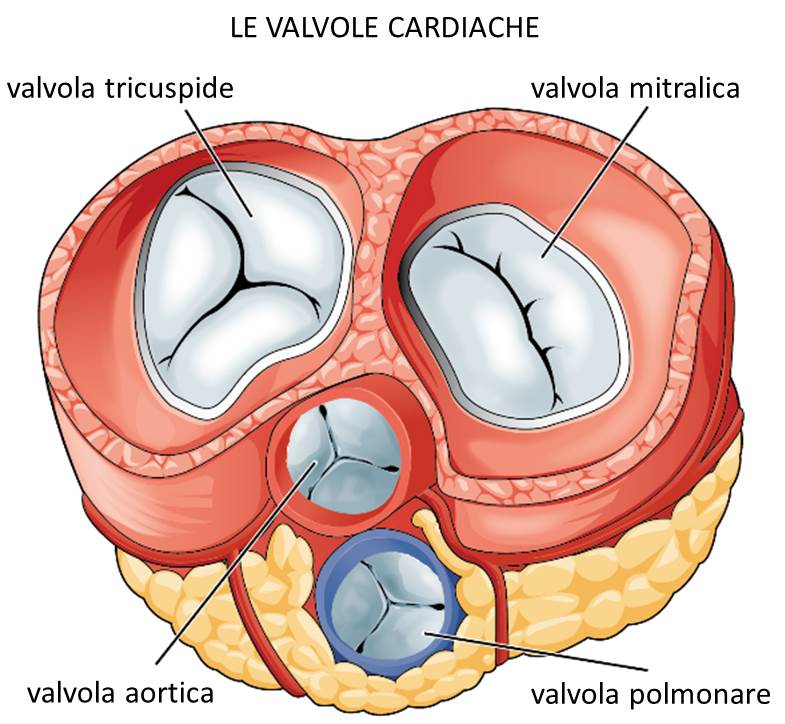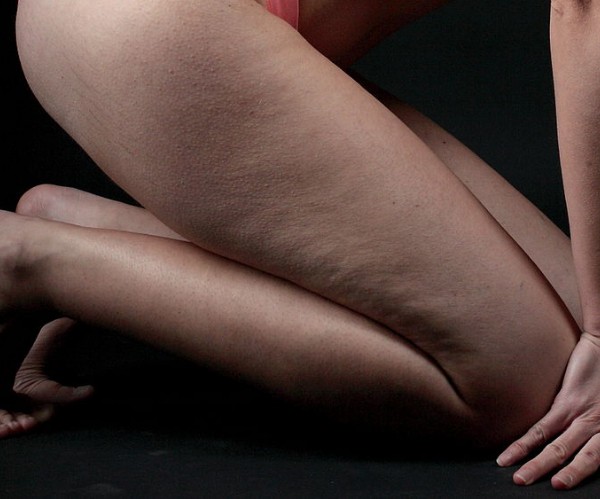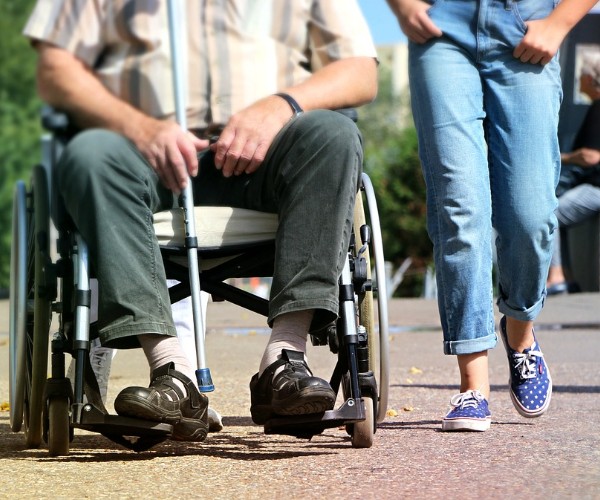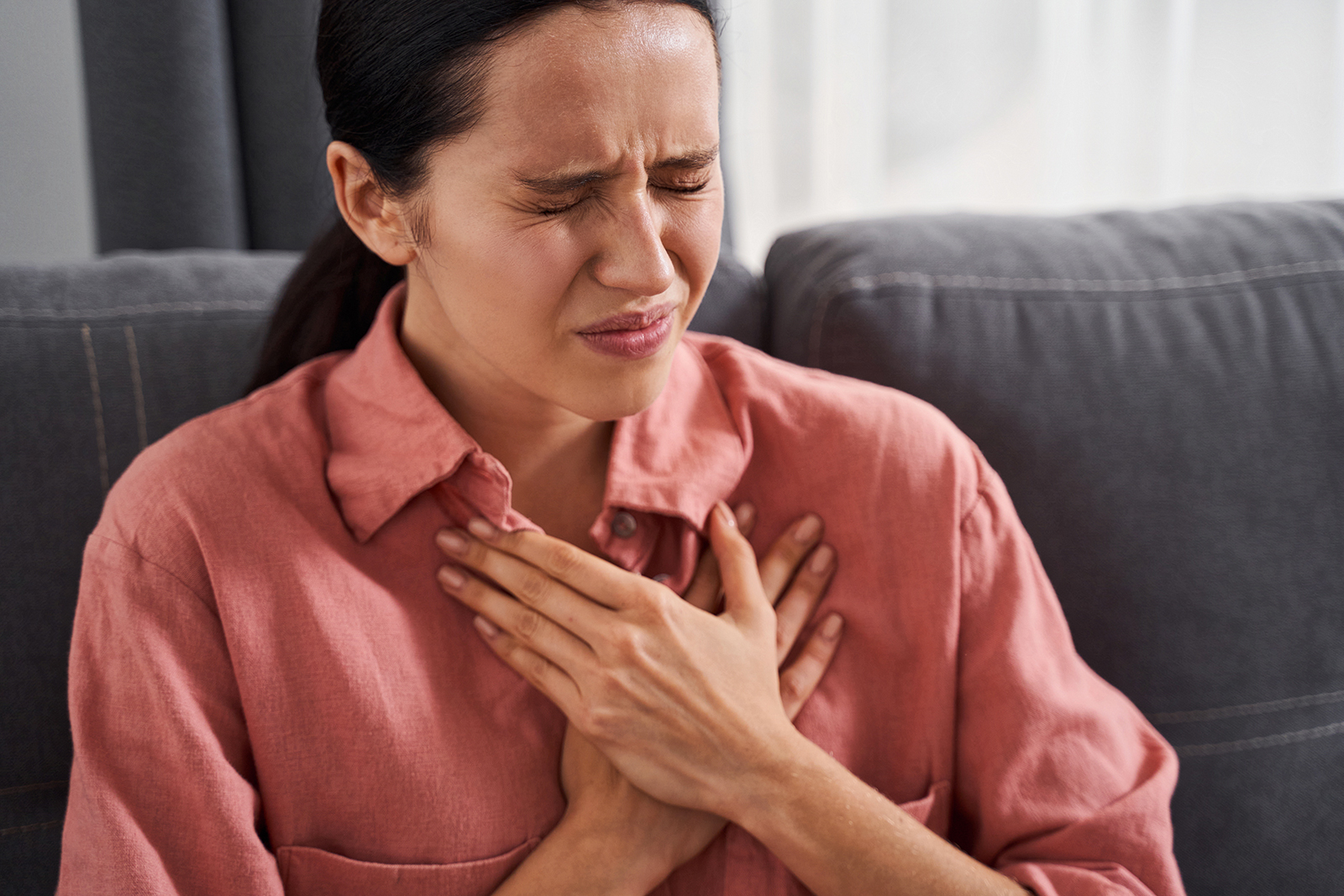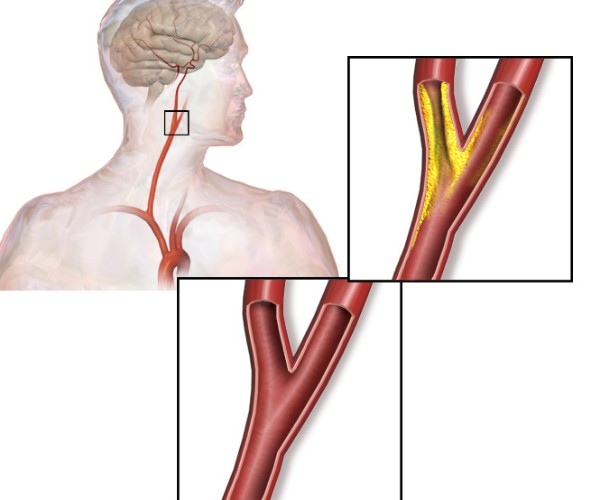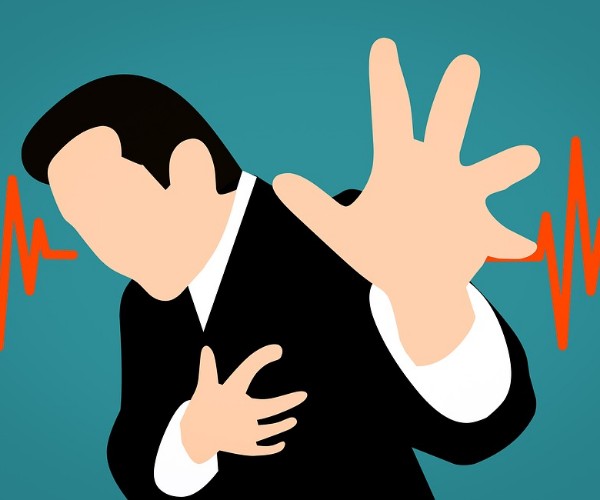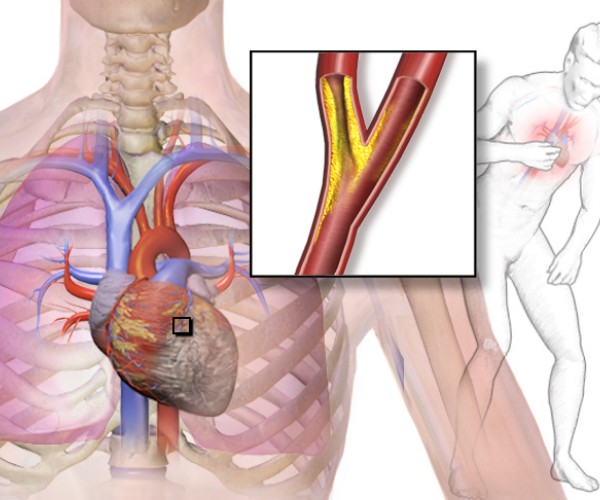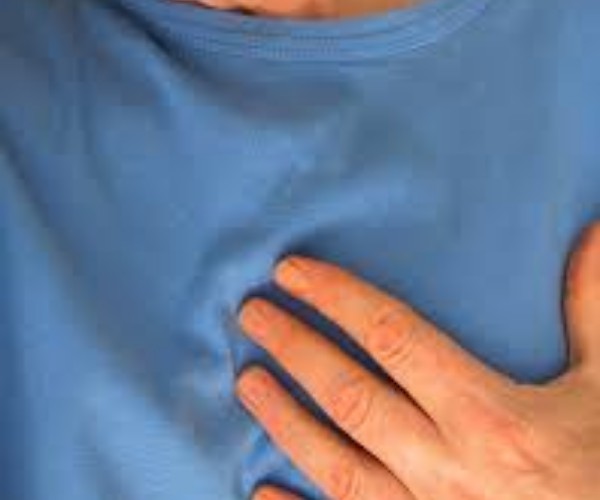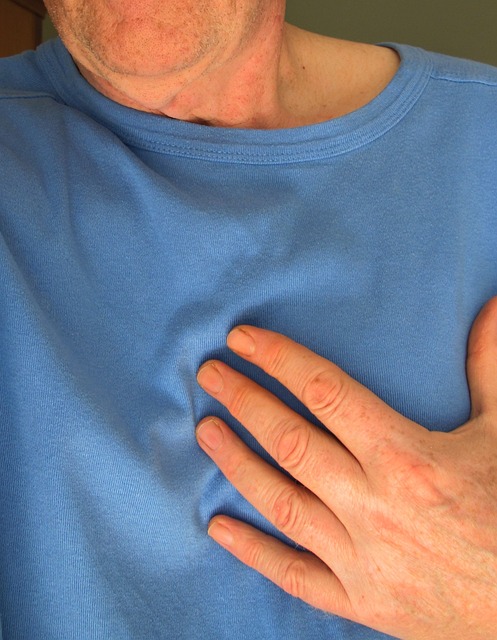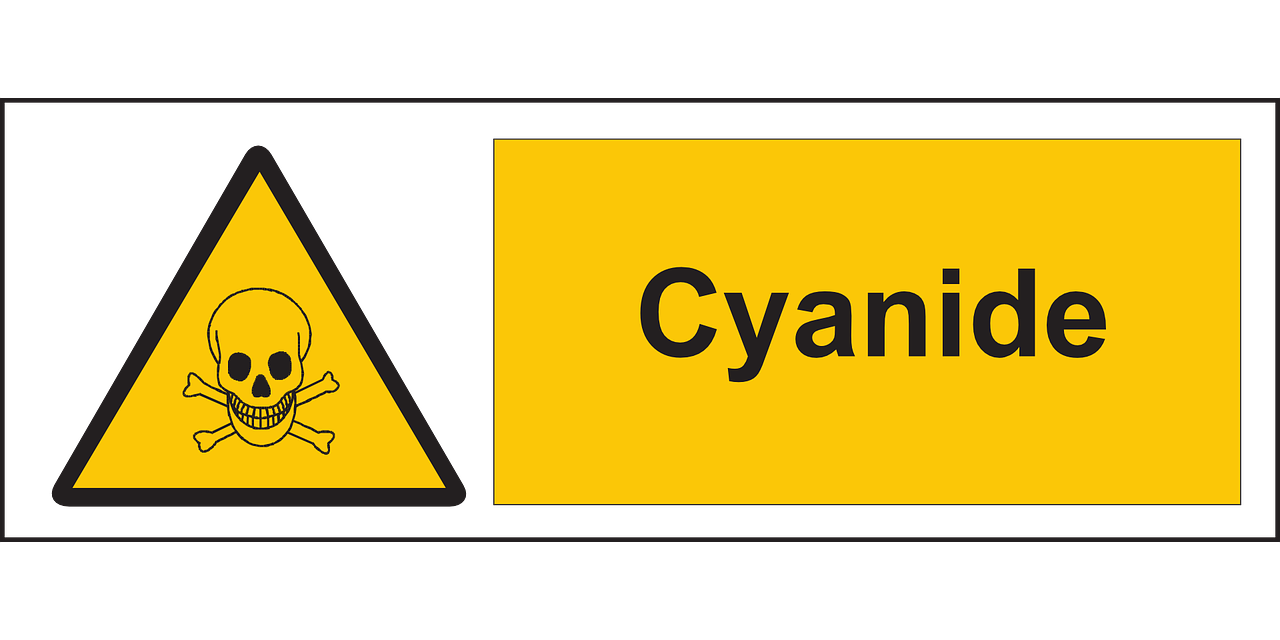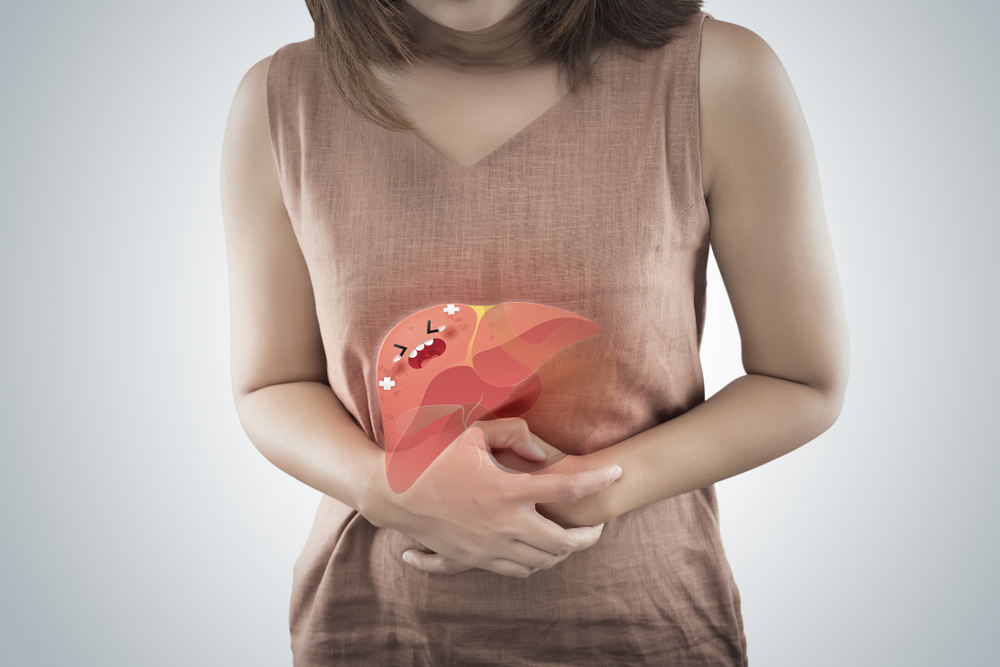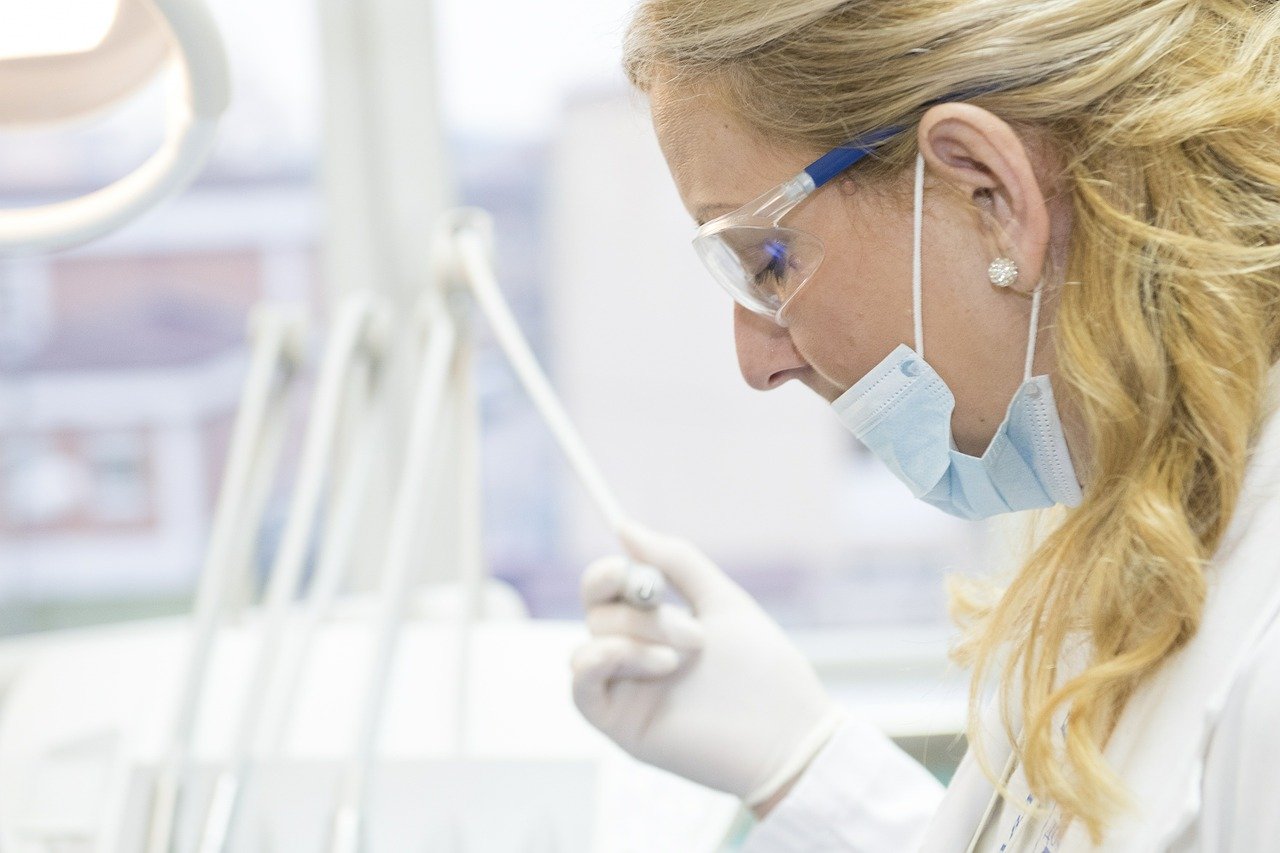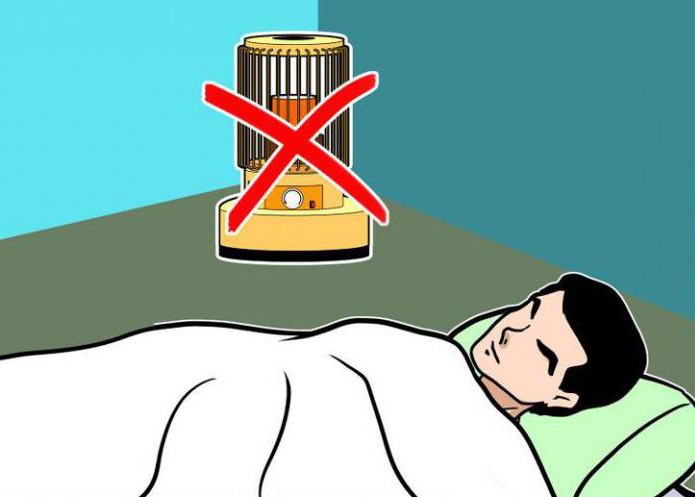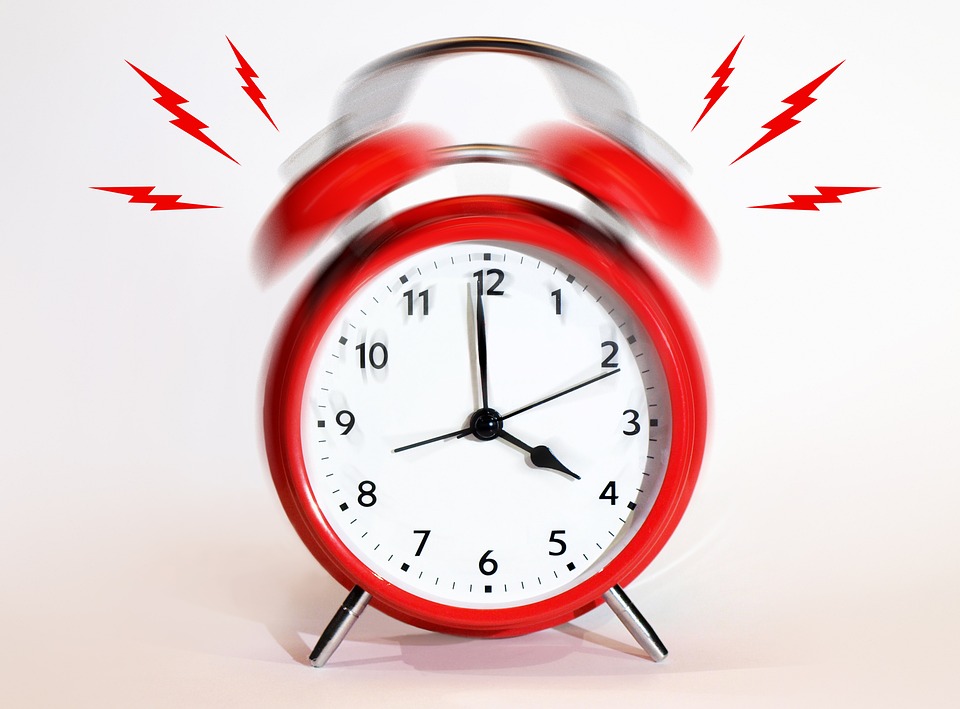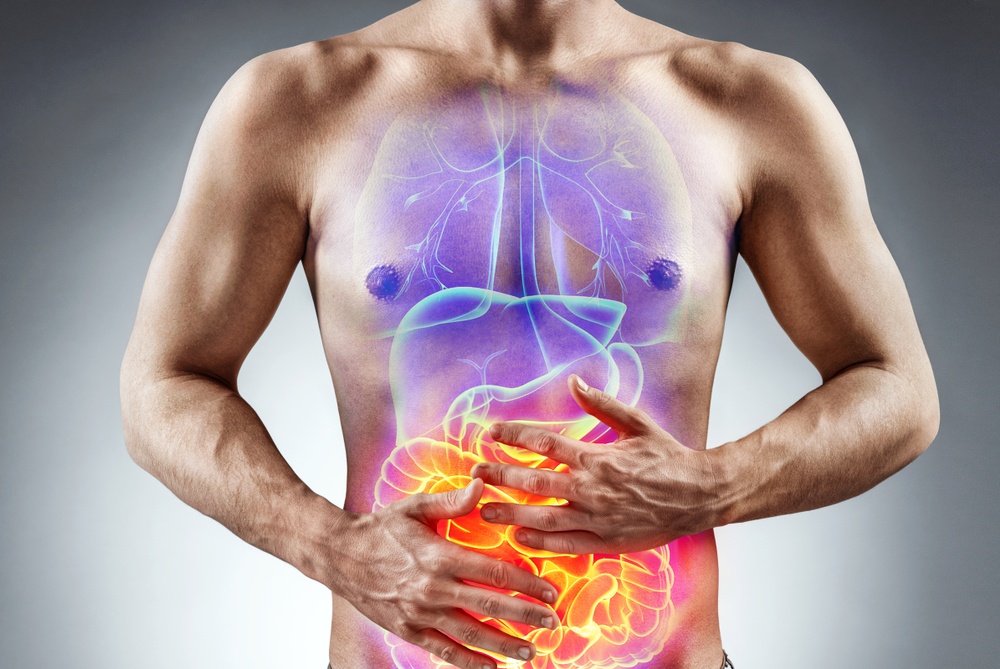Venous insufficiency and associated vascular disorders, such as varicose veins and telangiectasias (superficial capillaries), mainly affect the venous vessels of the legs and arms and are mainly related to the decrease in vein wall tone associated with aging and promoted, in larger veins, by the partial failure of the semilunar valves.
Venous insufficiency can also affect young people, especially if they are women and if there is a family history of the disorder, but it becomes very common in both sexes from the age of 40. Based on available data, it is estimated that at least 40 percent of women and 25 percent of men over the age of 20 suffer from it.
The development of venous insufficiency is in part physiological and related to the loss of tone and elasticity of the walls of the veins and the “wearing out” of the semilunar valves (semilunar-shaped structures placed along the walls of the veins that have the function of promoting the upward flow of blood and its return from the periphery to the heart) present within them, which are naturally associated with aging.
However, the intensity and rapidity with which venous insufficiency problems set in are very different from person to person, depending on the presence and relevance of numerous endogenous and exogenous variables that significantly influence the likelihood of developing venous disorders of various types.
The main risk factors for venous insufficiency include:
- familiarity: in 75% of cases, a person complaining of venous insufficiency belongs to a family in which there is at least one other person with varicose veins; this suggests that the cause of the disorder is at least partly genetic, but the identity of the specific genes involved is unknown;
- pregnancy: this is the main predisposing condition because of the weight gain and hormonal changes involved, both of which are detrimental to the health of leg veins;
- hormonal changes associated with menopause and the use of oral contraceptives: these contribute to aggravating the symptoms of venous insufficiency and promote the occurrence of varicose veins;
- smoking: it is harmful to the entire cardiovascular system; at the arterial level, it reduces the proportion of good cholesterol (HDL) and increases the formation of oxidizing agents and free radicals, promoting the atherosclerotic process; at the venous level, it can aggravate venous insufficiency by reducing the availability of vitamins and antioxidants;
- sedentariness and overweight/obesity: taken individually, and all the more so in combination, they significantly promote the development and worsening of venous insufficiency; the former because they prevent adequate muscular support for the walls of the veins, the latter because they exacerbate the work required of the veins to move blood back to the heart and lead to a general increase in systemic inflammation, which is harmful to the cardiovascular system.







